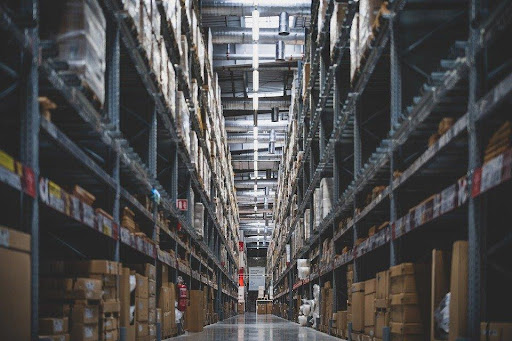What some businesses refer to as Return Merchandise Authorization (RMA), others simply call ‘returns.’ Yet, however it’s referred to, it can be a major headache to manage for the business and the consumer alike. Improving and sometimes streamlining what’s involved can prove beneficial when it’s done right. It can also provide useful information to serve the customer better. Here are four ways to improve your returns process.
-
Use Specialized Returns Software
Using software designed to handle product returns helps to keep it all organized. While you can surely manage and keep track of everything when there are only one or two returns each month, that’s untrue for larger retail operations. While the returns might only be 1-2% of the total units sold, when the volume is higher, it becomes too much to track on paper or in your head. Adopting returns management software is one way to get around the problem, know exactly what has been returned, and where it stands presently. Chasing up replacements and knowing what’s outstanding becomes far easier from this point on.
-
Make It Easier for Customers
While no business likes returns, the reality with retail is that they’re a fact of life. However, it goes beyond that. Research has found that when customers have a free and easy way to return unwanted items, they order more. That is to say, their net order (after accounting for returns) is still higher than it otherwise would be. Oddly, for businesses, that means encouraging returns. This is especially true online where customers are more worried about items not fitting, looking different in person than in the photos, etc.
-
Use Returns Data to Reduce the Rate of Return
It’s possible to look at returns data collected to determine the root causes. By doing so, businesses are able to gradually reduce the rate of returns on some items. For example, when too many items are returned because they were too small or too large, it’s possible that it’s a related issue. It could be that the changing rooms are inadequate. Perhaps they’re too crowded during peak shopping hours or there’s insufficient illumination in each booth? Maybe consumers aren’t encouraged to try clothes on before purchasing. It could be an informational problem where there was a misunderstanding that a product would solve a customer’s pain point and it failed to do so. That might be fixed by providing clearer product information ahead of completing the sale.
-
Improve How Inventory is Managed
Many returns can serve to highlight bad processes with inventory management. Depending on the reason for the return, and whether the package has already been opened, some returns can go right back on the retail shelf or into warehouse storage. Other items will need to be returned to the supplier if they’re faulty.
Better inventory management tracks what has been returned. This includes what’s ready to resell versus items returned as faulty and shipped out to the supplier for subsequent reimbursement. Issues like seeing a return come in but not knowing whether it has been returned, or if not, where it’s located in the warehouse, can indicate problems with return processing. That needs fixing fast.
Improving the returns process isn’t only about how customers are treated or how returns get processed. It’s also about looking beyond why items were returned and what could have been done to prevent that in the first place.
